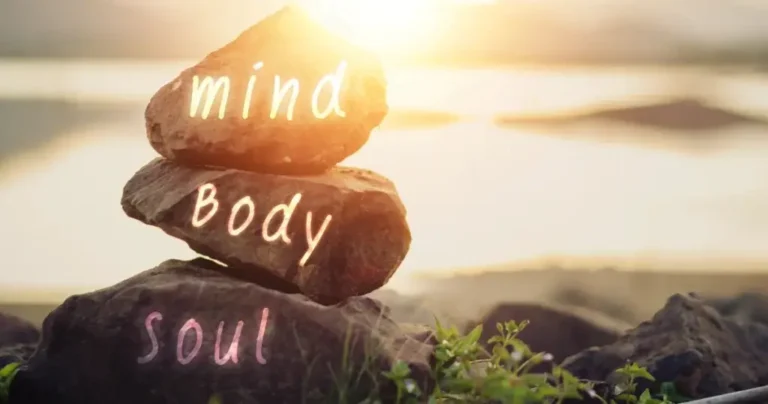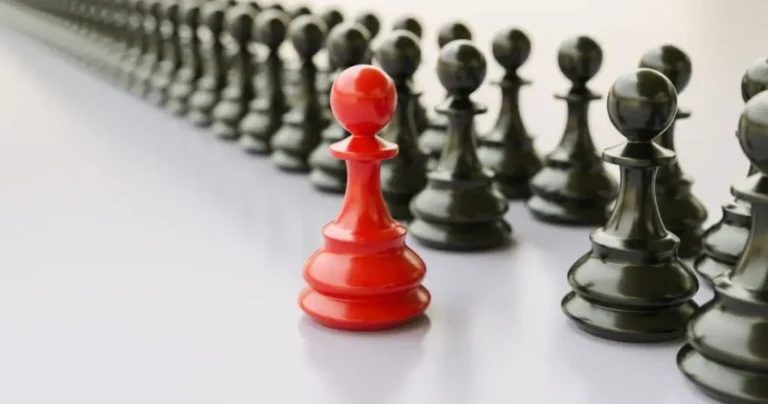Unlocking Your Inner Peace: Balancing 7 Chakras to Reduce Anxiety
Introduction
Anxiety, a common experience for many women, can significantly impact our overall well-being. While traditional approaches often focus on medical treatments, exploring alternative methods can also provide valuable insights. One such practice, rooted in ancient Indian philosophy, is the understanding of chakras. By delving into these energy centers, we can gain a deeper understanding of ourselves and develop strategies to overcome anxiety.

What are Chakras?
Chakras, Sanskrit for “wheels,” are considered vital energy centers in the human body. They are aligned along the spine, from the base of the spine to the crown of the head. Each chakra is associated with specific aspects of our being, such as emotions, thoughts, and physical health. When these chakras become imbalanced, it can manifest as various symptoms, including anxiety.
The Seven Major Chakras and Their Connection to Anxiety
1. Root Chakra (Muladhara)
Located at the base of the spine, the root chakra is associated with feelings of security, groundedness, and survival. When imbalanced, it can lead to anxiety related to financial worries, job insecurity, or fear of the unknown.
2. Sacral Chakra (Svadhisthana)
Situated below the navel, the sacral chakra governs creativity, pleasure, and emotional connection. An imbalance in this chakra can manifest as anxiety stemming from relationship issues, lack of passion, or feelings of guilt.
3. Solar Plexus Chakra (Manipura)
Situated above the navel, the solar plexus chakra is linked to self-esteem, confidence, and personal power. When imbalanced, it can contribute to anxiety arising from feelings of inadequacy, low self-worth, or fear of failure.
4. Heart Chakra (Anahata)
Located in the center of the chest, the heart chakra is associated with love, compassion, and forgiveness. An imbalance in this chakra can lead to anxiety related to emotional pain, heartbreak, or difficulty forming deep connections.
5. Throat Chakra (Vishuddha)
Situated in the throat, the throat chakra governs communication, self-expression, and creativity. When imbalanced, it can manifest as anxiety stemming from feelings of being unheard, misunderstood, or stifled.
6. Third Eye Chakra (Ajna)
Located between the eyebrows, the third eye chakra is associated with intuition, insight, and spiritual awareness. An imbalance in this chakra can contribute to anxiety related to confusion, indecision, or fear of the unknown.
7. Crown Chakra (Sahasrara)
Situated at the top of the head, the crown chakra is connected to spirituality, enlightenment, and connection to a higher power. When imbalanced, it can lead to anxiety arising from feelings of disconnection, lack of purpose, or existential questions.
Balancing Chakras to Overcome Anxiety
Chakras are energy centers in the body that align with physical, emotional, and spiritual well-being. When these energy centers become imbalanced, it can manifest as anxiety. Balancing your chakras can help alleviate anxiety symptoms and promote overall harmony. Here’s a breakdown of how to balance each chakra:
1. Root Chakra (Muladhara)
○ Location: Base of the spine
○ Associated Emotions: Security, grounding, survival
○ Balancing Techniques: Grounding exercises (walking barefoot, gardening), deep breathing, red light therapy, visualization of strong roots anchoring you to the earth.
2. Sacral Chakra (Svadhisthana)
○ Location: Below the navel
○ Associated Emotions: Creativity, pleasure, sexuality
○ Balancing Techniques: Creative activities (painting, dancing), spending time in nature, gentle yoga poses, orange light therapy.
3. Solar Plexus Chakra (Manipura)
○ Location: Above the navel
○ Associated Emotions: Self-esteem, confidence, personal power
○ Balancing Techniques: Affirmations, visualization of a radiant sun within, yellow light therapy, engaging in activities that boost self-confidence.
4. Heart Chakra (Anahata)
○ Location: Center of the chest
○ Associated Emotions: Love, compassion, forgiveness
○ Balancing Techniques: Acts of kindness, meditation, green light therapy, listening to soothing music.
5. Throat Chakra (Vishuddha)
○ Location: Base of the throat
○ Associated Emotions: Communication, self-expression, truth
○ Balancing Techniques: Journaling, singing, chanting, blue light therapy, speaking your truth assertively.
6. Third Eye Chakra (Ajna)
○ Location: Between the eyebrows
○ Associated Emotions: Intuition, wisdom, clarity
○ Balancing Techniques: Meditation, visualization, indigo light therapy, spending time in quiet contemplation.
7. Crown Chakra (Sahasrara)
○ Location: Top of the head
○ Associated Emotions: Spirituality, connection to a higher power, enlightenment
○ Balancing Techniques: Meditation, spending time in nature, violet light therapy, connecting with your spiritual beliefs.
A Chakra Balancing Journey: A Personal Story
While chakra balancing can be a helpful tool for many, it’s essential to consult with a healthcare professional for any underlying medical conditions.
I’ve always been a bit of an anxious person. Overthinking, worrying, and feeling overwhelmed were constant companions. It wasn’t until I stumbled upon the concept of chakras that I began to understand the root of my anxiety.
One day, while browsing a bookstore, I picked up a book on chakra healing. I was intrigued by the idea that my emotions and energy centers were connected. As I delved deeper, I realized that my heart chakra, associated with love and compassion, felt particularly blocked.
To address this, I started a daily meditation practice. I would sit quietly, focusing on my heart, and visualize a bright green light filling it. I also began practicing self-compassion, treating myself with kindness and understanding.
Over time, I noticed a significant improvement in my anxiety levels. I felt more connected to myself and others, and my overall sense of well-being increased.
Here’s a personal example of how I balanced my heart chakra:
○ Self-care: I prioritized activities that brought me joy, like spending time in nature, reading, and practicing yoga.
○ Mindfulness: I focused on being present in the moment, rather than dwelling on the past or worrying about the future.
○ Gratitude: I made a conscious effort to appreciate the positive aspects of my life.
A Chakra Balancing Ritual
Here’s a simple ritual you can try to balance your chakras:
1. Create a sacred space: Find a quiet place where you won’t be disturbed.
2. Light a candle: The soft flickering light can help create a calming atmosphere.
3. Visualize energy flow: Imagine a white light flowing through your body, starting from your root chakra and moving upward through each of the seven chakras.
4. Focus on each chakra: Spend a few minutes focusing on each chakra, visualizing it spinning and radiating its associated color.
5. Affirmations: Repeat positive affirmations related to each chakra. For example, for the heart chakra, you might say, “I am filled with love and compassion.”
Remember, the journey of chakra balancing is personal. Experiment with different techniques and find what works best for you. With patience and practice, you can cultivate inner peace and overcome anxiety.
Conclusion
Understanding your chakras can provide valuable insights into the root causes of anxiety and empower you to take control of your emotional well-being. By incorporating techniques to balance your chakras, you can cultivate inner peace, enhance your resilience, and embark on a journey of personal growth and transformation.
Remember, overcoming anxiety is a personal journey. Explore these techniques and find what resonates best with you. With consistent practice and self-compassion, you can unlock your inner strength and experience a more fulfilling and anxiety-free life.






